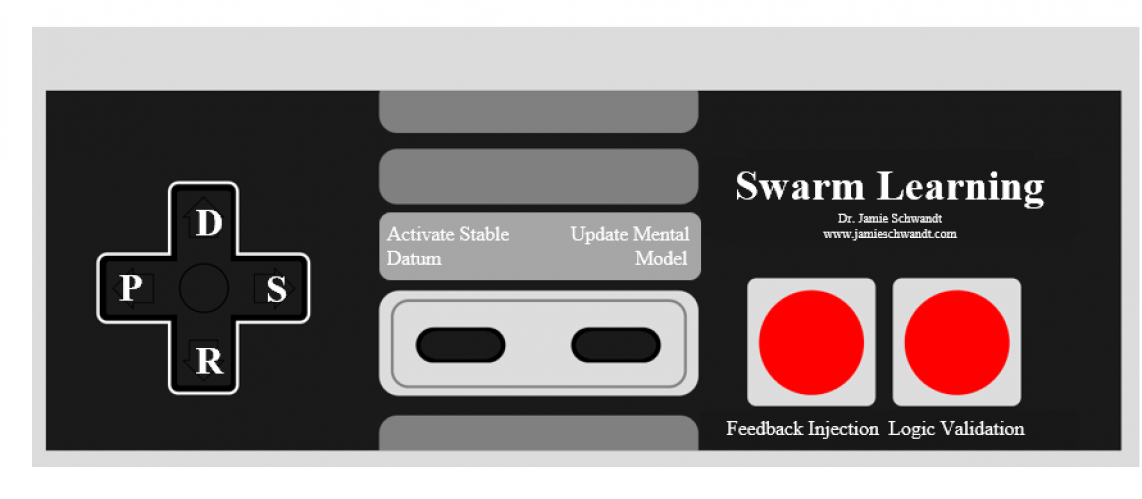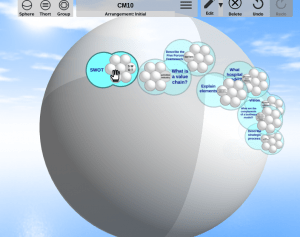How have strategies evolved?
- The concept of Strategy has been discussed for thousands of years. Strategy was refined and articulated to further military purposes. The middles ages saw a decline in the study and application of strategy. Today, it can be seen as a deliberate, purposeful behavior that allows a firm to plan decisions that maximize opportunities while minimizing threats. The introduction of developments as the crossbow, longbow, halberd, pike, and gunpowder began to revolutionize the conduct of war, changing strategies and tactics.
What is strategic management?
Strategic management involves the creation, implementation, and overall direction for a firm. As such, it requires both internal and external management functions to facilitate the development, implementation, and monitoring of strategy within an organization.
- Goal Formation
- Environmental scanning
- Strategy formulation
- Strategy evaluation
- implementation
- Strategic control
What is strategy?
We identify strategy as the development of a broad formula prescribing a way in which a business competes and collaborates, sets goals, and establishes policies to carry out those goals in order to achieve the organizational mission. Strategy occurs at all levels of firms and organizations.
What are the characteristics of strategy?
- Concerns both organizations and the environment
- Is complex
- Affects the welfare of the organization
- Involves issues of content and process
- Is not purely deliberate
- Exists on different levels
- Involves various thought processes
- Involves the allocation of resources
- Should be mission based
Describe the strategic process.
- Planning to plan
- Organizational values
- Mission formulation
- Vision
- Strategies and Strategic Objectives
- Gap analysis
- Corporate strategic plans
- Strategic Analysis
- Operational Strategic Plan
- Implementation
What is the difference between vision and mission?
- A mission should be the foundation of strategic direction
- A vision is a statement about what the organization wants to become
What are the components of a business model?
- Customer Value: A value proposition that better meets a customer’s needs in terms of product differentiation, cost, and/or access/availability.
- Inputs: The combination of resources used to provide the product or service.
- Processes: The sequence and method resources are combined to deliver the product or service.
- Profitability: A financial mechanism to recover enough revenue to sustain the provision of the product or service.
What is the hospital business model?
- Customer Value – affordable quality care
- Inputs: Professionals in healthcare working to provide world class healthcare to citizens. Also includes medical supplies and medications.
- Processes: Processes followed by hospital staff in to be more streamlined for better customer experience.
- Revenue Generation: making money.
Explain the elements of evaluating an organizational environment.
- External Evaluation – Customers/Competition/Other Factors
- Market Structure – Fragmented markets/Consolidated Markets.
Describe the Five Forces Framework.
- Threats of new entrants- New entrants threaten markets by potentially decreasing incumbents’ market share and increasing price competition. The extent of barriers to entry will influence the number and size of firms within a given market.
- Threat of substitutes – The extent and degree of product/service substitution influences the propensity of customers to switch to alternatives. The strength of substitution is tied to customer perception on how well the substitute can match the quality of the good or service.
- Bargaining power of suppliers – A firm’s buyers or customers always seek to drive down price and improve quality. Their ability to do so, known as buyer power, depends on how much they purchase, how well informed they are regarding the product, and their willingness to experiment with alternatives
- Bargaining power of buyers – A firm’s buyers or customers always seek to drive down price and improve quality. Their ability to do so, known as buyer power, depends on how much they purchase, how well informed they are regarding the product, and their willingness to experiment with alternatives.
- Threats of rivalry – Competitors (rivals) in a market compete for customers and market share. Rivalry influences the strategies of firms and determines the overall profitability of the industry.
What is a SWOT Analysis?
S (Strengths)
W (Weaknesses)
O (Opportunities)
T (Threats)
What is a value chain?
A value chain is a set of activities that a firm operating in a specific industry performs in order to deliver a valuable product for the market.


Your Thortspace map is actually quite detailed and spread out. I think that’s actually necessary to help make sense of what’s going on since we are trying out a new type of map!
Great job with your organization and answering all of those questions!
I concur with Emma. Great job!
Great job on your map. I like how you kept everything in their own little clusters and included text next to them to let your audience know what each one represents.
Another great job! I mentioned before that I did not using this instead of plectica quite as much, but you also did not seem to have any issue with this, yours looks great!
That map looks fun, and the way it spreads everything out I believe helps to show your answers to the questions easily. To the point and short. Well done Anthony.